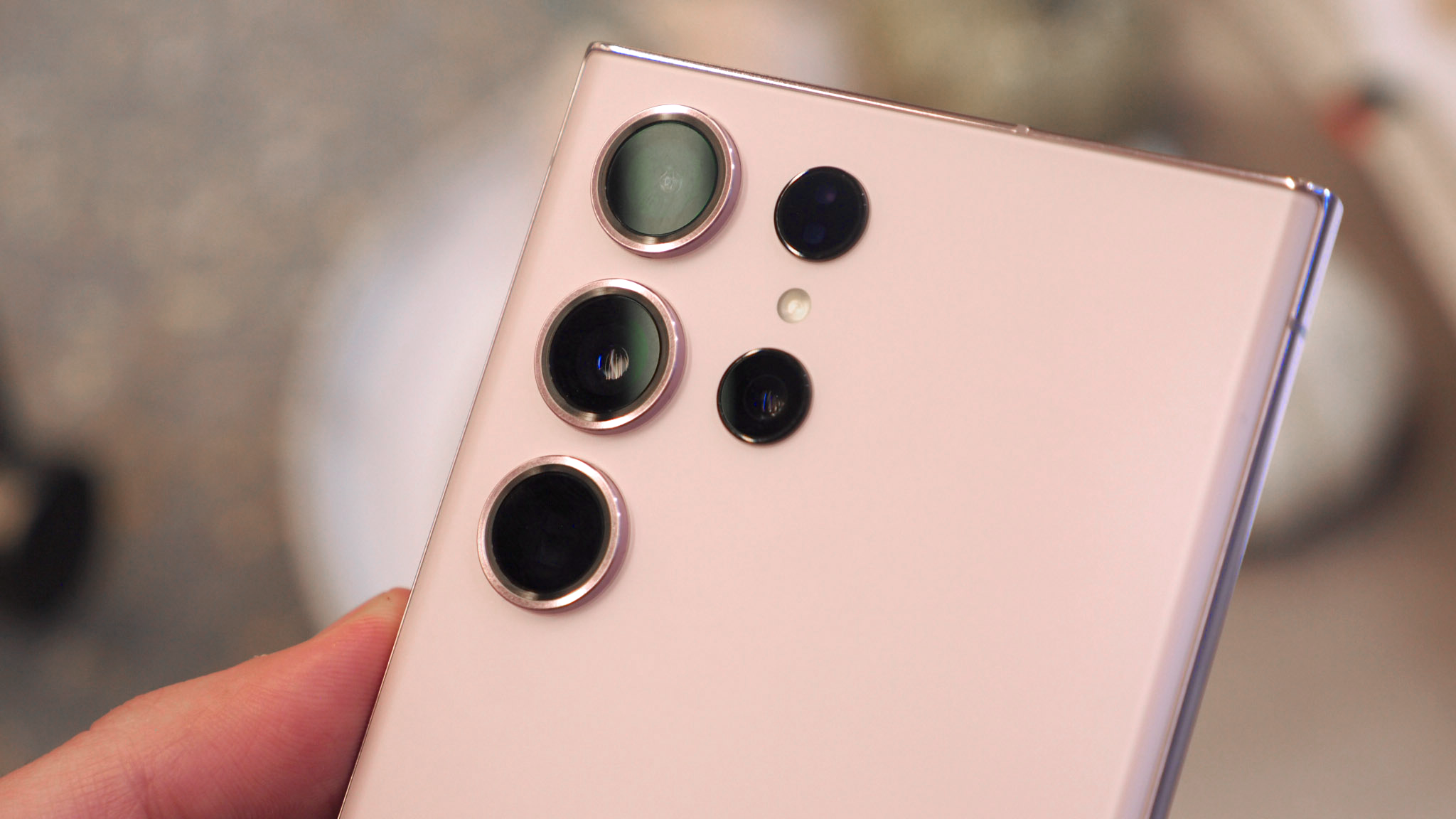
Users of an older Samsung Galaxy handset are set to get a whopping free photography upgrade.
That should help them to achieve more professional looking results.
When users are deciding between the best phones on the market, there are a whole range of factors to consider. Everything from the processor to the size of the physical device can come into the decision.
Arguably the most important factor, though, is the camera. With most people relying solely on it for all of their photography and videography, these need to be adept at covering a wide range of styles.
When we talk about Android phones with great cameras, Samsung phones are always part of the equation. While other brands have made significant movement in that space, the Korean brand's mix of hardware and software earns them a spot near the top of the pile.
Now, users of an older Samsung Galaxy handset have got a significant photography upgrade. The Samsung Galaxy S23 range will now give users additional control over their imagery and videos.
That comes thanks to a change to the ND Filter. While that used to just be a manually adjusted control, users will now have the option to let the camera Automatically set it.
That's great for users. While ND filters are a really useful tool, they can be confusing if you aren't familiar with how they work. Allowing the system to set that will help users who aren't photographically trained to capture staggering images.
What does an ND Filter do?
The Neutral Density Filter is a really useful tool for both photography and videography. By reducing the amount of light hitting the sensor, users can utilise longer shutter speeds.
That is really handy for a couple of applications. Filming outdoors, for example, can often yield issues, as the perfect settings for shutter speed and aperture can lead to wildly overexposed images. To counteract that, an ND Filter is used, allowing cinematographers to keep the image quality as good as possible.
In photography, a similar concept is used with long exposures. Say, for example, you want to blur out the movement of water, while keeping a static subject in focus. A traditional long exposure would achieve that, but might also cause excess exposure.
By adding an ND Filter, the level of light hitting the sensor can be reduced. That enables users to capture dramatic images, without over exposing.






